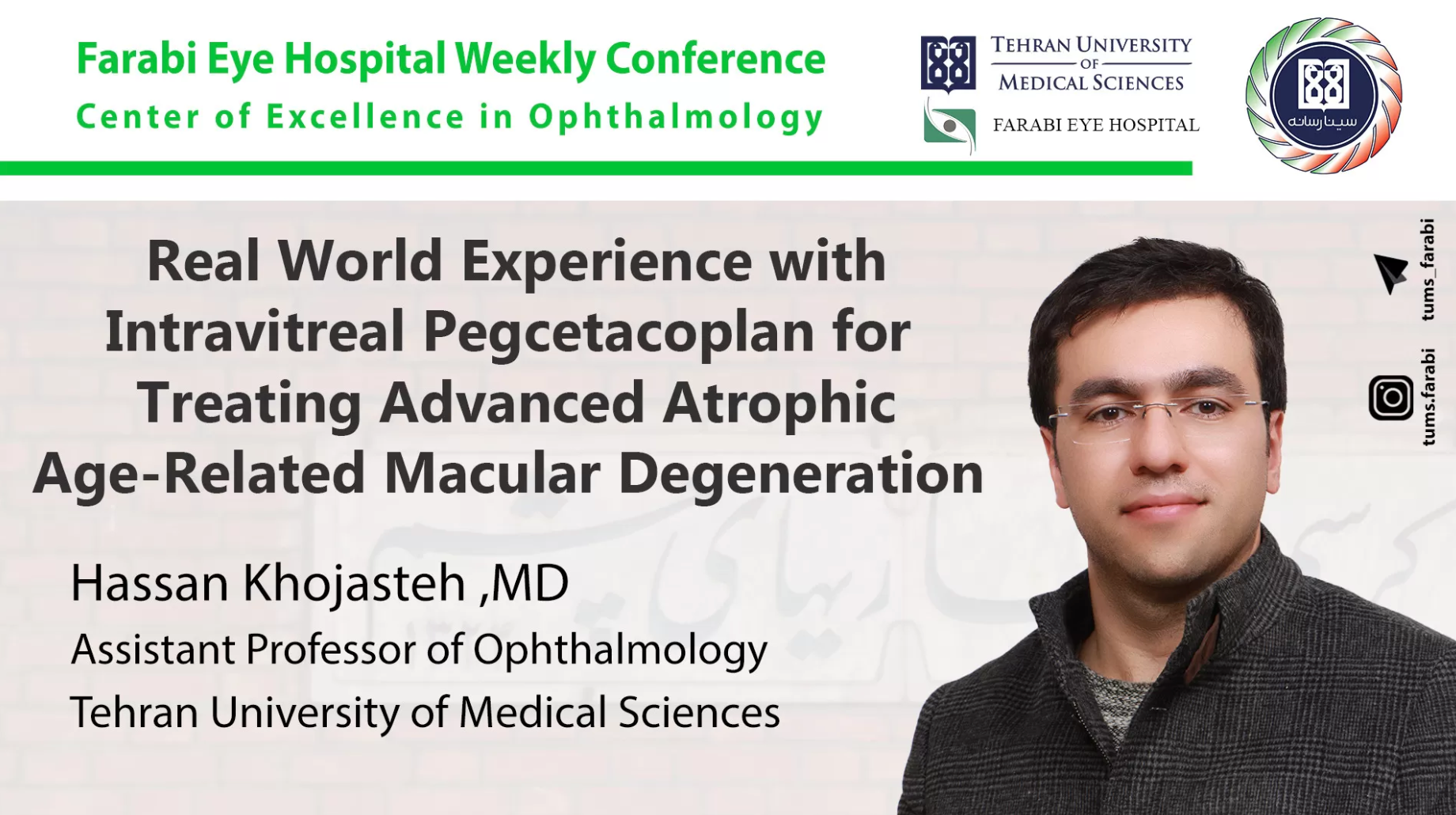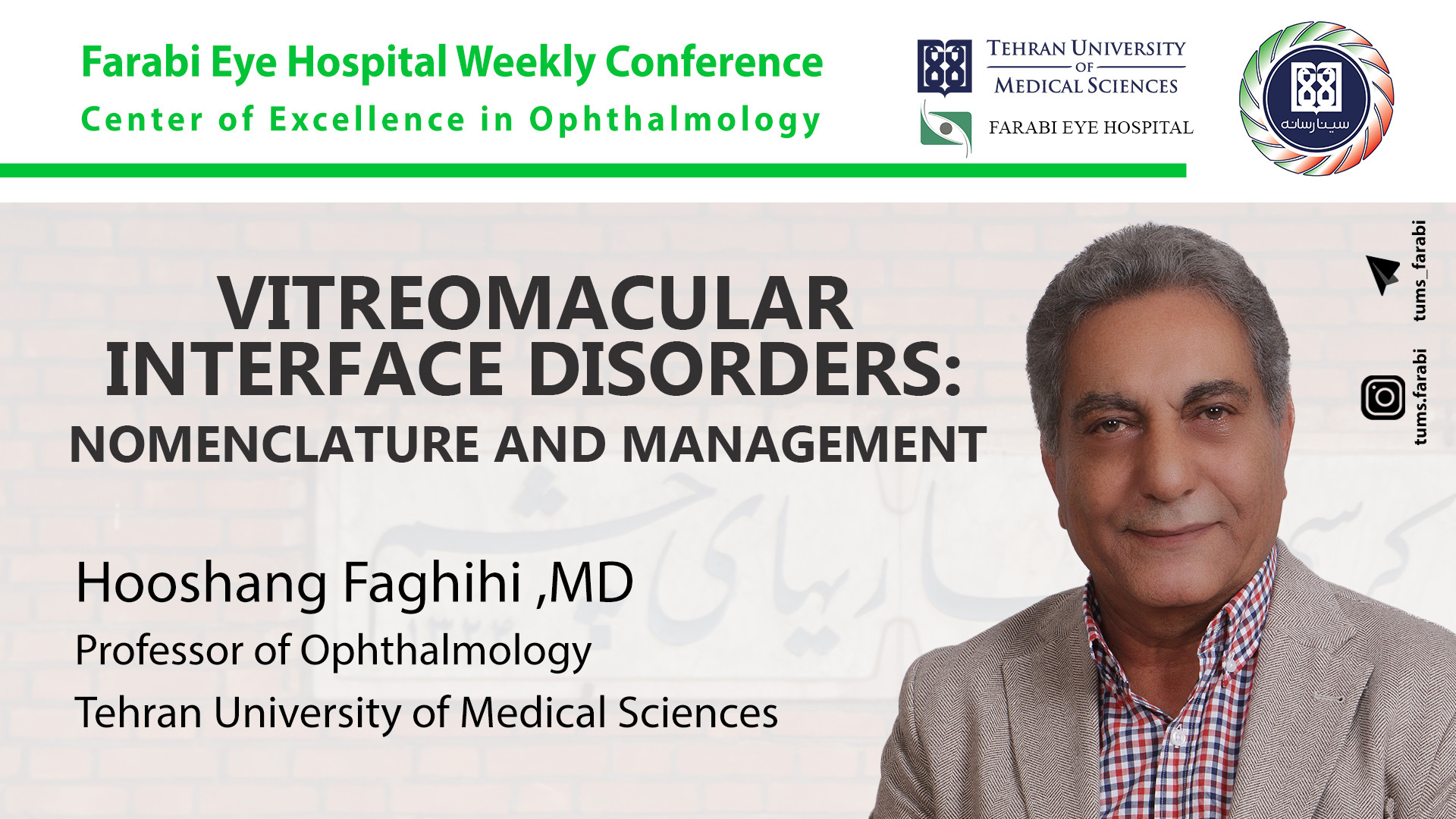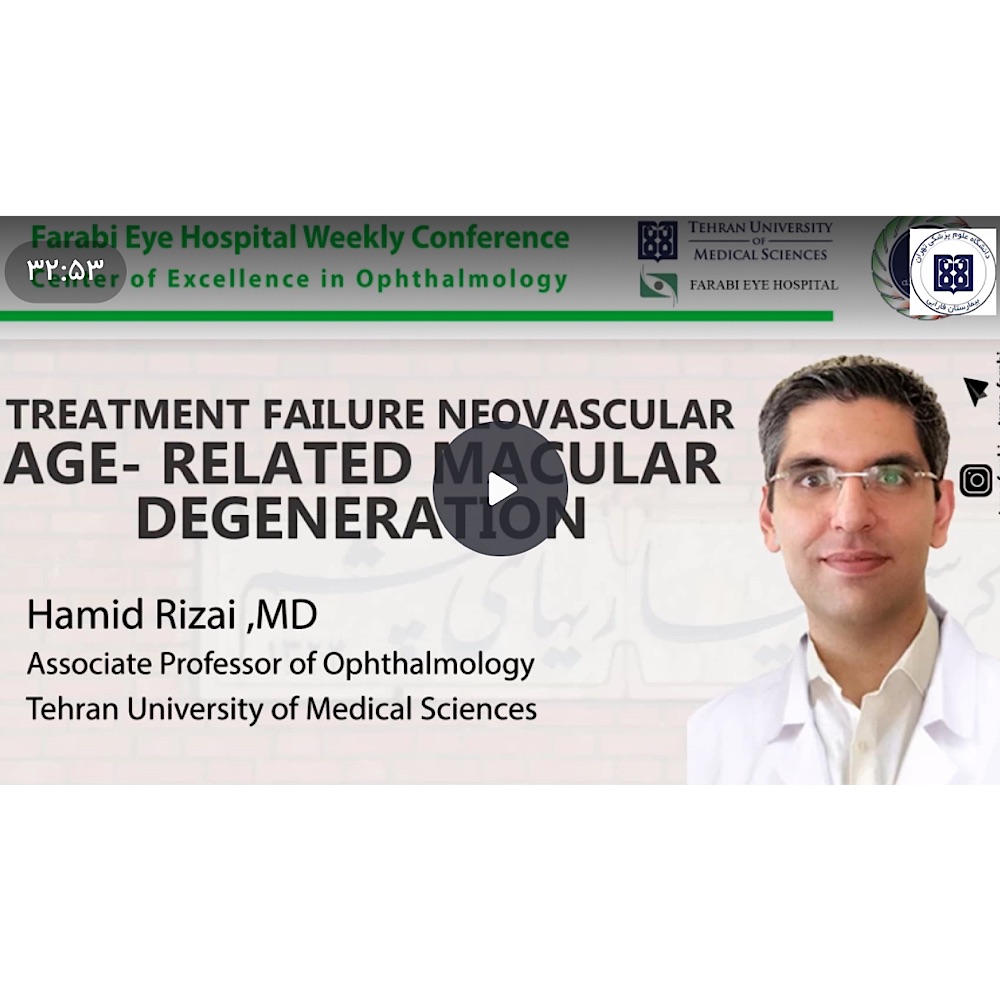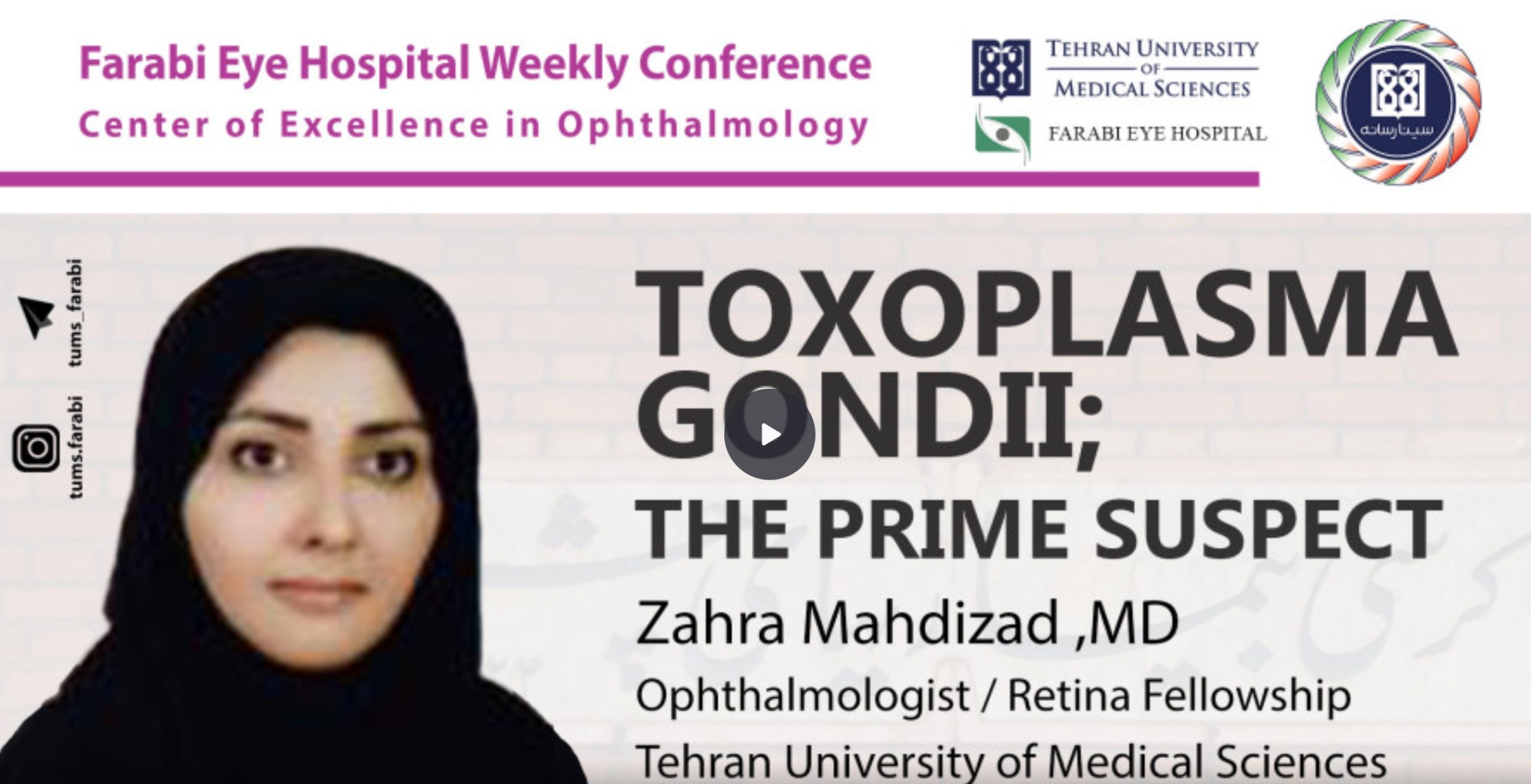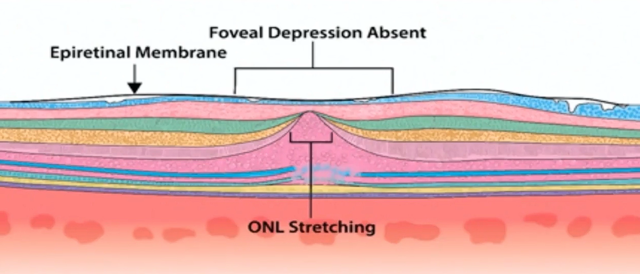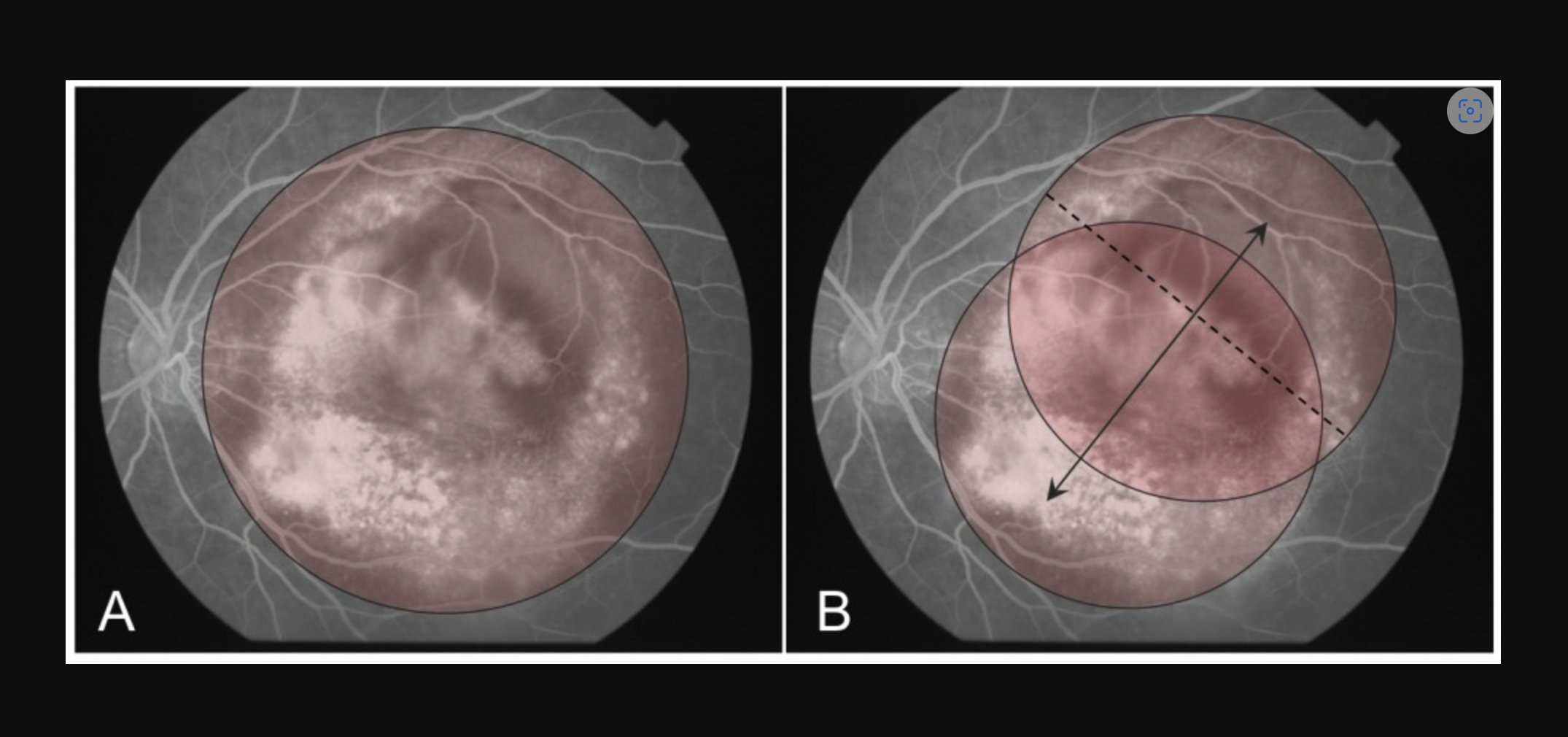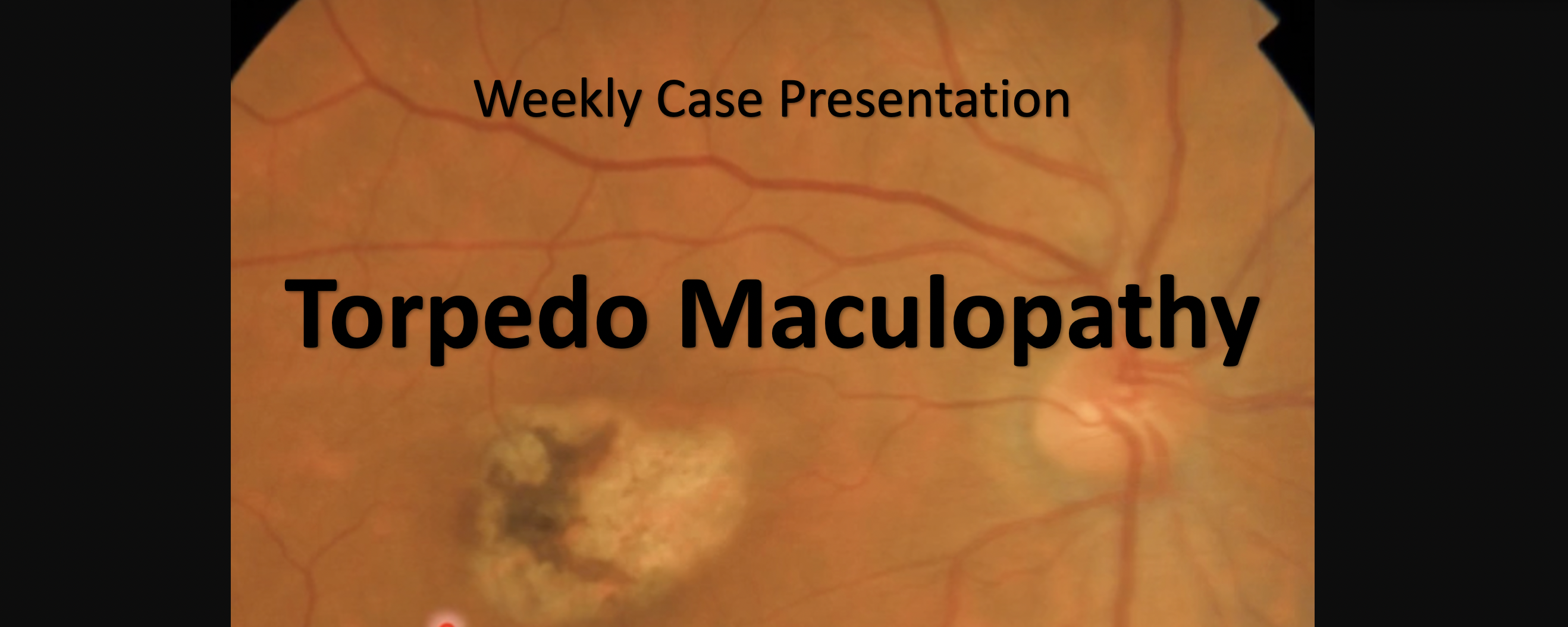Posted inWeekly Case Presentation
Posted inWeekly Case Presentation
Weekly Case Presentation 11-11-1401
Weekly Case Presentation 11-11-1401
Posted inWeekly Case Presentation
Self-resolved Unilateral Exudative Retinal Detachment
Self-resolved Unilateral Exudative Retinal Detachment Farabiretina Weeklay Case Presentation
Posted inWeekly Case Presentation
Weekly Case Presentation 24-8-1401
Weekly Case Presentation 24-8-1401 Photodynamic Therapy (PDT), introduced to ophthalmology in 2000, is a therapeutic procedure which utilizes the photosensitive intravenous drug, verteporfin (Visudyne, Bausch & Lomb) in combination with…
Posted inWeekly Case Presentation
Weekly Case Presentation – 19-7-1401
Weekly Case Presentation - 19-7-1401
Posted inWeekly Case Presentation
Weekly Case Presentation 12-7-1401
Weekly Case Presentation 12-7-1401 Management of Neovascular AMD
Posted inWeekly Case Presentation
Weekly Case Presentation 25-5-1401
Weekly Case Presentation 25-5-1401 Vitreous Cysts Vitreous cysts are rare clinical entities that can occur in a normal eye or in an eye associated with other pathologies. Disease Entity ICD…
Posted inWeekly Case Presentation
Weekly Case Presentation 4-5-1401
Weekly Case Presentation 4-5-1401
Posted inWeekly Case Presentation
Weekly Case Presentation 1401-2-20
Weekly Case Presentation 1401-2-20
Posted inWeekly Case Presentation
Weekly Case Presentation 1401-2-6
Weekly Case Presentation 1401-2-6
